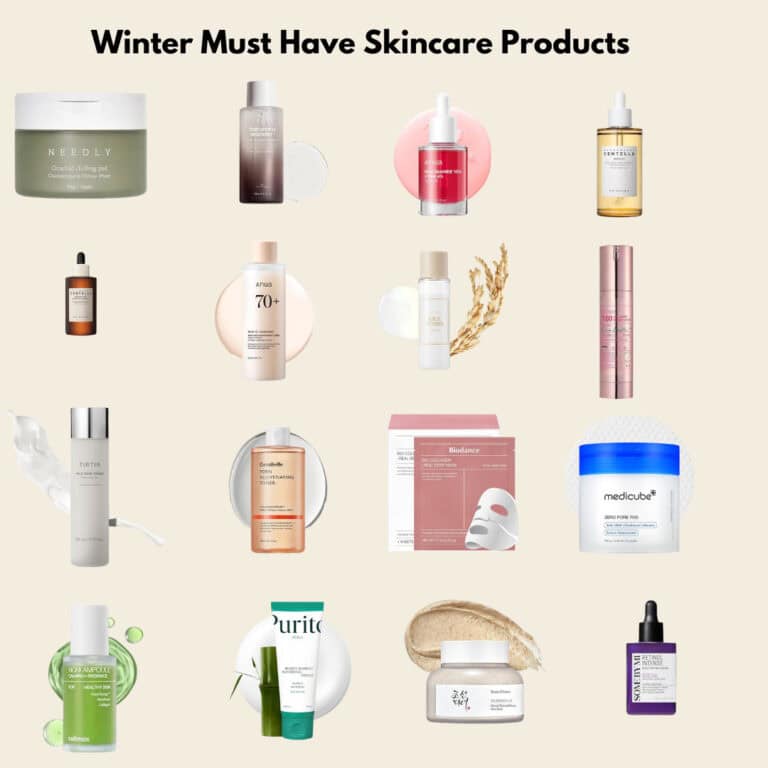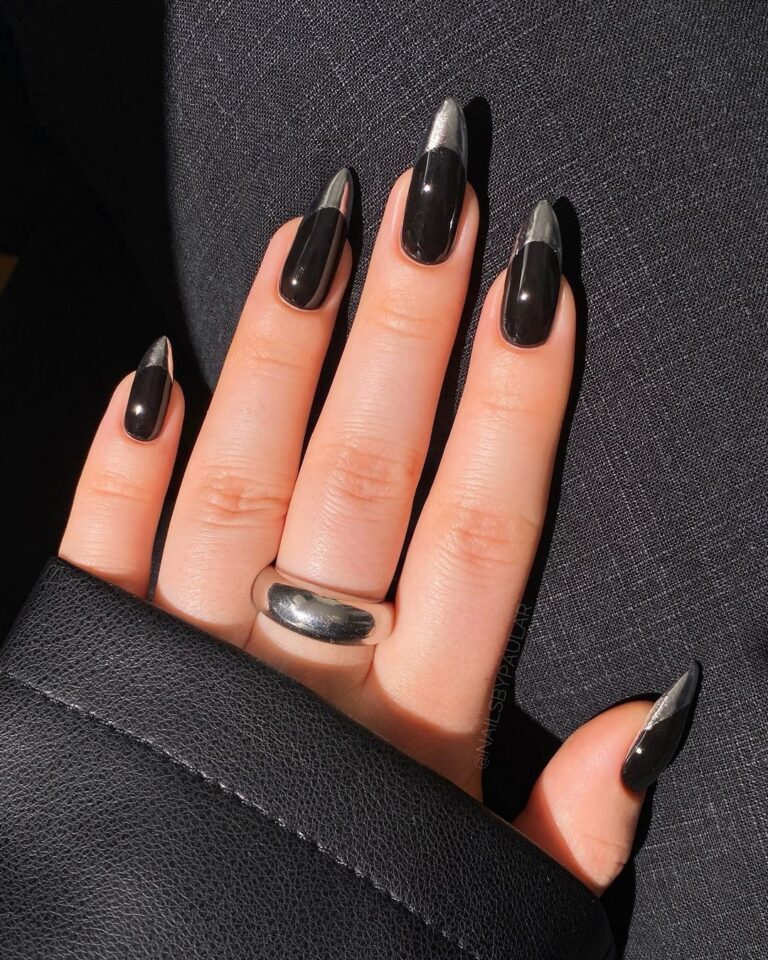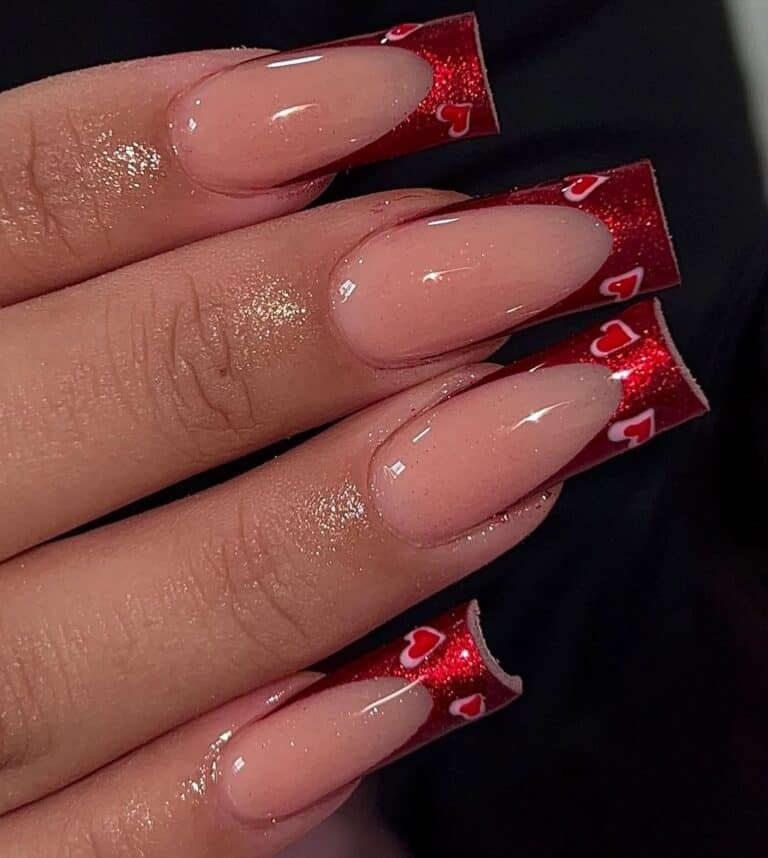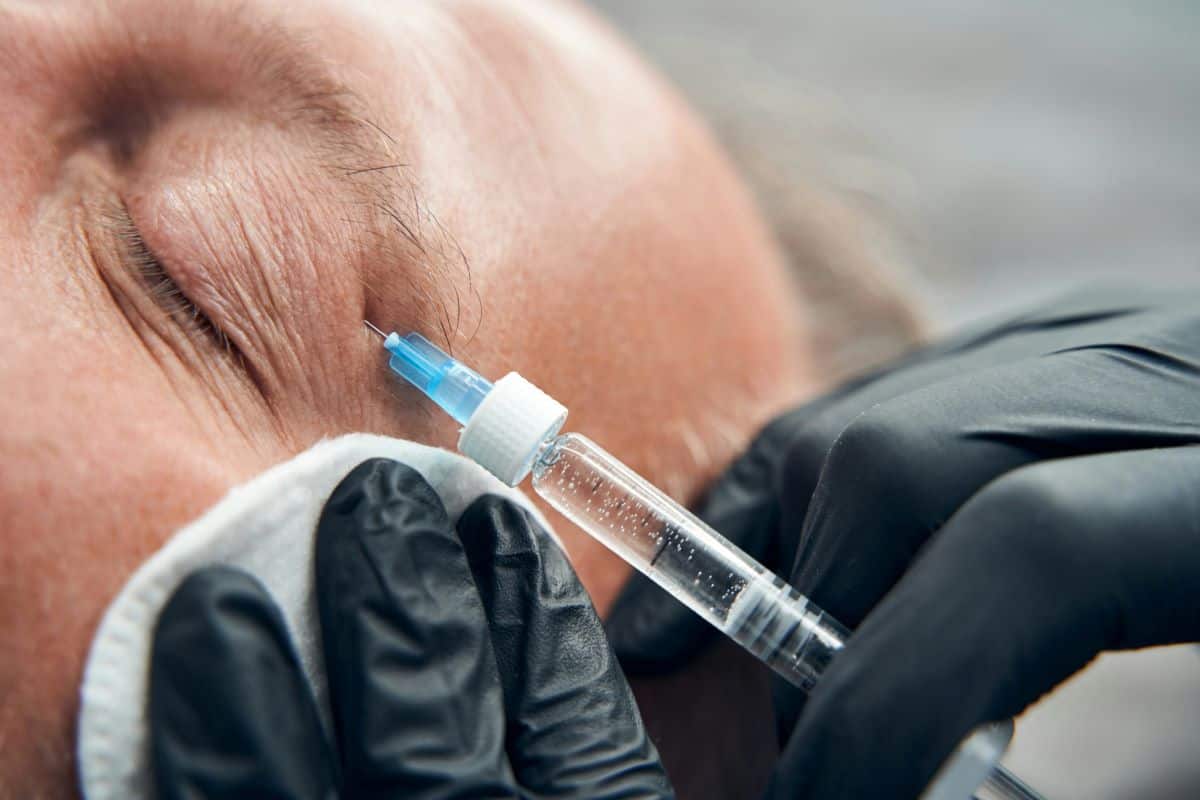
Introduction to Botox and Pregnancy
You might have heard of Botox as an age-defying wrinkle eraser and skin refresher. It is not just for looks but for everything from chronic headaches to excess sweating. Nevertheless, despite its popularity, one question remains in the minds of most pregnant women: Am I safe for Botox during pregnancy?
The answer isn’t straightforward. No rigorous research confirms the safety of Botox injections during pregnancy; there is nothing like it in the medical literature. For this reason, Botox in pregnancy is the subject of fears. This is a grey area: although some believe the molecules in Botox are too large to break the placental barrier, due to the lack of much research, you should tread carefully. Professionals still disagree about what might or may not impact the health of your baby in this critical period, so you have a tricky choice here.
Knowing the Dangers of Botox When Expecting
You might wonder whether Botox is worth the potential dangers in pregnancy. Animal research has suggested that the huge molecules in botulinum toxin may deter it from reaching the placenta, offering some hope. However, these findings cannot be directly translated into humans without clinical study, of which there is a severe shortage.
Let’s unpack the possible hazards. Botox could be administered through injections, thereby introducing botulism, a rare but fatal condition. The signs and symptoms, from muscle weakness to breathing issues, may manifest hours or weeks after the treatment. This reflects the need to tell your physician immediately if you notice any concerning symptoms. When you are in this gray zone of little information, you have to take it seriously. Avoiding Botox with expectation, as frustrating as it is, is to take a punt until better evidence is in.
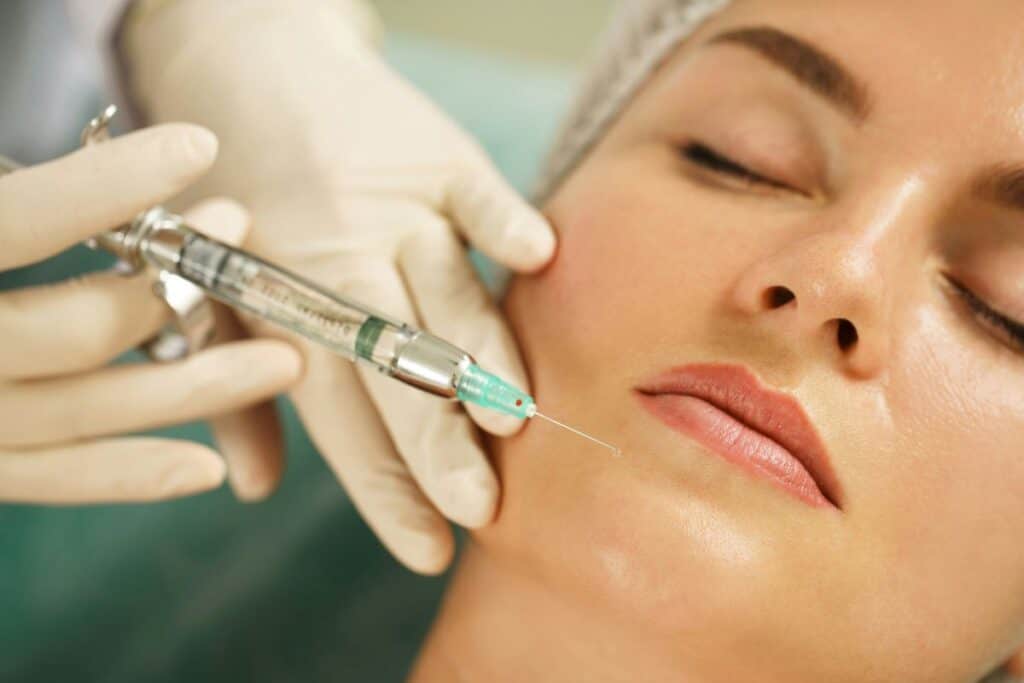
Cosmetic versus Medical: Weighing Botox Needs
What you should know about the use of Botox is not just about cosmetic goals. Yes, people want it to erase wrinkles and bring them back to life, but it has essential medical purposes as well. Treatments for migraines, sweating, and muscle dysfunction often feature Botox as part of the solution. But when you’re pregnant, the distinction between cosmetic indulgence and medical necessity becomes a slippery one. Your baby’s well-being is at stake, and old treatments might seem unremarkable.
When you’re going to get Botox when you’re pregnant, look before you go. Instead, speak closely with your doctor. Based on your circumstance, they will tell you whether Botox is medically worthwhile in comparison to the risks involved during pregnancy. Keep in mind there is still only so much evidence out there, so talk to your doctor – you will need their expertise. Remember, choices depend not on the social desire for a beautiful body but on the health of you and your baby.
Facial Freshness Without the Risks: Alternatives to Botox
If you’re pregnant and would like to maintain a glowing skin tone without using Botox, opt for a proactive skin regimen designed specifically for pregnant women.
Hydration: Drinking water every day will help keep your skin soft and smooth. The better you hydrate, the smoother and healthier your skin will become.
Moisturizing: Defend your skin with non-toxic, fragrance-free moisturizers. Using these often keeps your skin moist and prevents the appearance of lines.
Exfoliating: Peel away the dead skin cells using a mild exfoliant. This promotes cell turnover, which can result in a brighter, more uniform skin tone.
Acid Peels: Some acid peels, like lactic acid, are considered safe for use during pregnancy. They can rejuvenate the surface of the skin without risking Botox.
These products not only moisturize your skin but also let you eschew the potential risks of Botox injections in this delicate period. By maintaining a regime that honors and safeguards your natural beauty, you nurture your body and your baby.
After the Bounce: Botox Post-Baby
When it comes to Botox, after you’re pregnant, you don’t want to wait too long. You may think you’re in a position to bring back your pre-baby self, but then there’s breastfeeding. We have very little information on how Botox impacts nursing infants, so this is a bit of a white space in postpartum medicine. Ideally, do not reapply Botox until you’ve stopped breastfeeding. The method also negates worries of passing it on in breast milk.
Be concerned with your health and the health of your baby, not your aesthetics. Your body has changed dramatically, and it needs time to heal. You can also set up your own skincare regimen after having a baby to help keep your face young. Hydrotherapy, moisturizing, exfoliating, and other therapies will hydrate and refresh your skin without the risk of Botox.
Postpartum is a process of transformation—bodily, emotional, and aesthetic. Enjoy this moment and treat yourself tenderly. When it is time, and you are no longer breastfeeding, ask your doctor if you can start Botox treatments again. In the meantime, admire your natural glow and the remarkable process your body has undergone.
Embracing Your Natural Glow
You’ve sifted through the mess of Botox and pregnancy, cleared up concerns about safety, and studied non-invasive solutions to keep your skin as radiant as it can be. Within this broader context of cosmetic procedures, Botox is a grey zone during pregnancy and lactation. If you place yourself in this framework, you’re educating yourself on risks, gaps in research, and custom approaches to maternity beauty.
As a steward of your health, you need to consult with the healthcare provider to learn how Botox affects babies during pregnancy. Following their recommendation means making a more informed decision, which protects both your health and your baby’s. With moisture, moisturizing, and exfoliating as companions, you can retain the radiant glow without the uncertainties Botox imposes on this stage of life.

